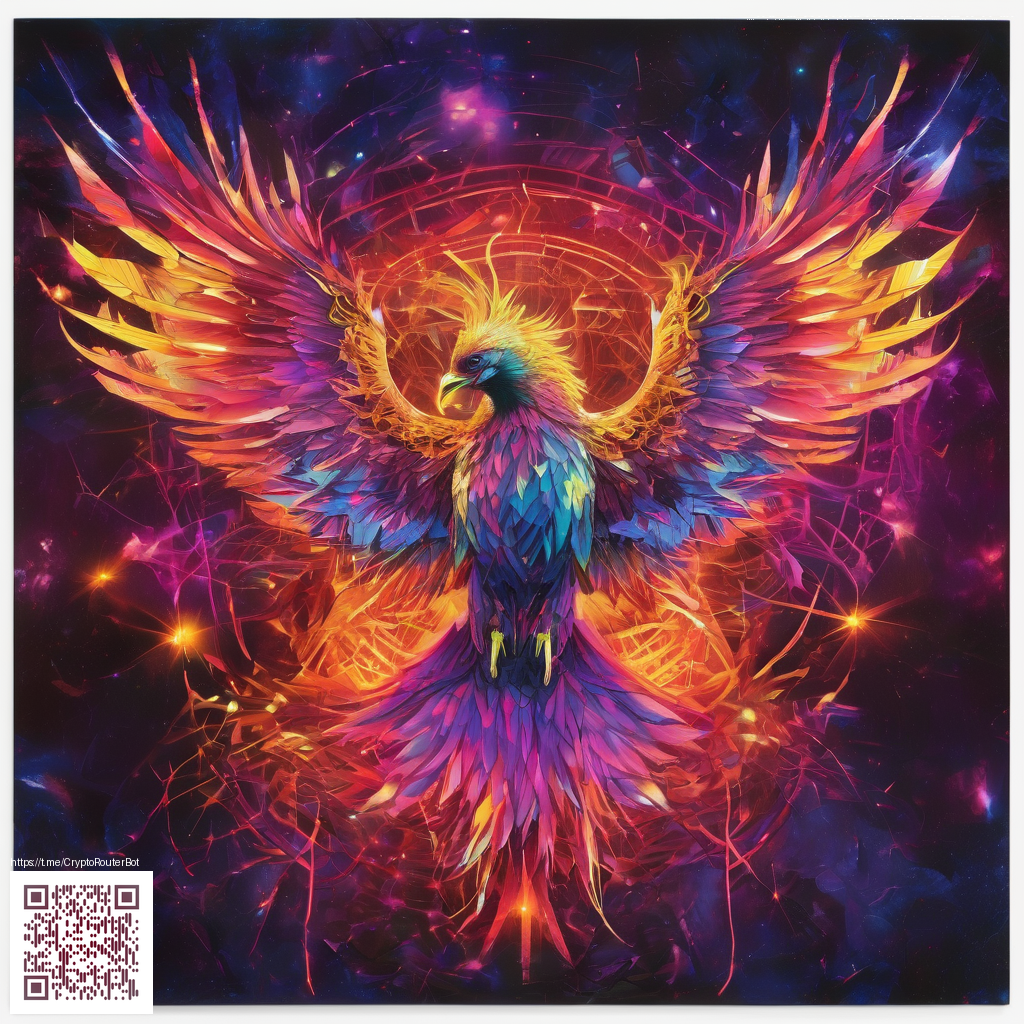
Reliving the PS2-era chaos: Burnout 3 in retrospect
The early 2000s were a golden era for arcade-style racers, and Burnout 3: Takedown on the PlayStation 2 stands out as a defining moment. What begins as a sprint down a bright, glossy street quickly crescendos into something more primal: a controlled storm of speed, risk, and spectacular wrecks. It wasn’t just about finishing first—it was about how you finished, and how loudly the game told the world you had pushed your limits. In retrospection, the chaos isn’t a flaw; it’s the core engine that propelled every collision into a cinematic moment.
To understand Burnout 3’s magnetism, you don’t just count the boosts or the takedowns; you feel the rhythm between speed and consequence. The game invites you to barrel through traffic, to string together takedowns, and to harvest momentum from every wild crash. The result is a sensation that has lingered in the memory of players who grew up with a monitor glow and a controller’s grip that burned with adrenaline. The PS2 era was unafraid to reward audacity, and Burnout 3 rewarded you for chasing danger—every reckless swerve and every leap into a crowd of cars felt earned through precise timing and fearless line choice.
What made the chaos memorable
- Explosive takedowns that turned ordinary races into onslaughts of metal and sparks.
- Crashes as spectacle with cinematic camera angles that made a fender-bender feel like a blockbuster moment.
- Rubber-banding AI that kept the tension high, nudging you toward risk rather than complacency.
- Breathless pacing where the narrowest lane or the sudden gap could flip the whole race in a heartbeat.
- Layered feedback from the engine note to the vibration in the controller, creating an immersive sense of acceleration without sacrificing control.
“Chaos is not a glitch; it’s a feature that rewards bold choices and punishes hesitation.”
Design choices in Burnout 3 amplified this philosophy. The soundtrack hammered forward with a relentless tempo; the visuals balanced vibrant color with crisp, legible collisions. Even as the game flashed to life with a sea of oncoming traffic, there was a sense of precision—an arcade-like certainty that your inputs would translate into action on screen. The leaderboard’s glow felt like a personal invitation to chase the next takedown, to weave through smoke and sparks with the confidence of someone who had mastered the dance of danger.
Legacy and the modern lens
Looking back, Burnout 3 helped redefine what an arcade racer could be: not only about who wins, but about how dramatically one can push the envelope of physical destruction while maintaining a core sense of control. That balance—speed, risk, and reward—shaped subsequent titles in the genre and remains a blueprint for players who crave edge-of-seat moments. In today’s climate of high-fidelity simulations and cinematic set pieces, the game stands as a reminder that accessibility and spectacle can coexist with skill and timing. It’s a nostalgic touchstone, but also a testament to timeless game design: when chaos serves a purpose, it becomes a memorable companion rather than a distraction.
As you curate a modern setup that nods to retro gaming while staying practical in the real world, you might consider pairing your nostalgia with thoughtful accessories. For instance, a Neon MagSafe Card Holder Phone Case can keep essential cards handy during long gaming sessions or on the go, blending a touch of vibrant 90s-inspired flair with contemporary convenience. It’s a small reminder that retro passions don’t have to live in a museum—today’s tech can ride alongside yesterday’s classics, making it easy to capture new memories while honoring the old.
For readers exploring more retro-gaming reflections and curated finds, you can check the follow-up that features a broader look at how contemporary gear interacts with classic experiences, including practical ways to enhance your dedicated play space and keep devices tidy during marathon sessions.